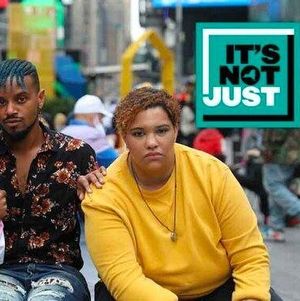Voices
The Catholic church named a millennial saint—when is it going to name a queer one?

photos Courtesy Antonio Pagliarulo
Amidst a resurgence in the veneration of saints, writer Antonio Pagliarulo highlights the importance of recognizing and celebrating queer saints, starting with Father Mychal Judge, for their earthly struggles and contributions to spiritual nourishment and guidance.
July 17 2024 7:30 PM EST
July 17 2024 8:49 PM EST


















































































